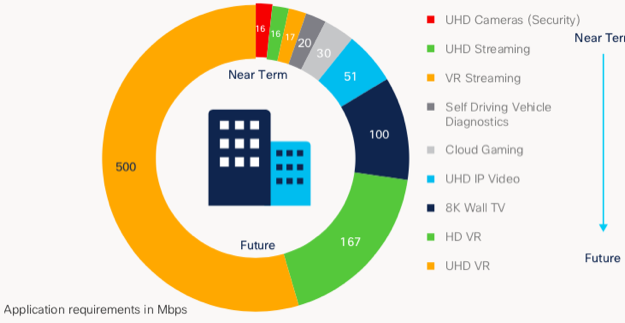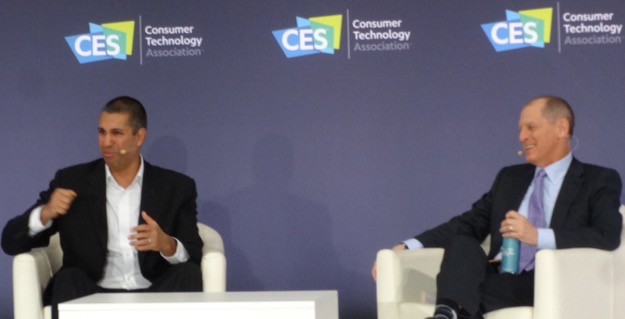Fixed, mobile North American broadband speeds will more than double by 2023, Cisco study says
More and more people around the world will have access to faster and faster broadband connections, with speeds for fixed and mobile service doubling and tripling by 2023, due in large part to increased global deployment of fiber to the premise and 5G technology, according to a white paper recently published by Cisco. Although North America will continue to beat world broadband speed averages, the U.S. will not be among the leaders in advanced infrastructure deployment.… More





![By Cory Doctorow from Beautiful Downtown Burbank, USA [CC BY-SA 2.0 (https://creativecommons.org/licenses/by-sa/2.0)], via Wikimedia Commons](https://www.tellusventure.com/images/2018/5/la_net_neutrality_protest_sign.jpg)




![Pixabay [CC0] Syringe](https://www.tellusventure.com/images/2019/syringe.jpg)